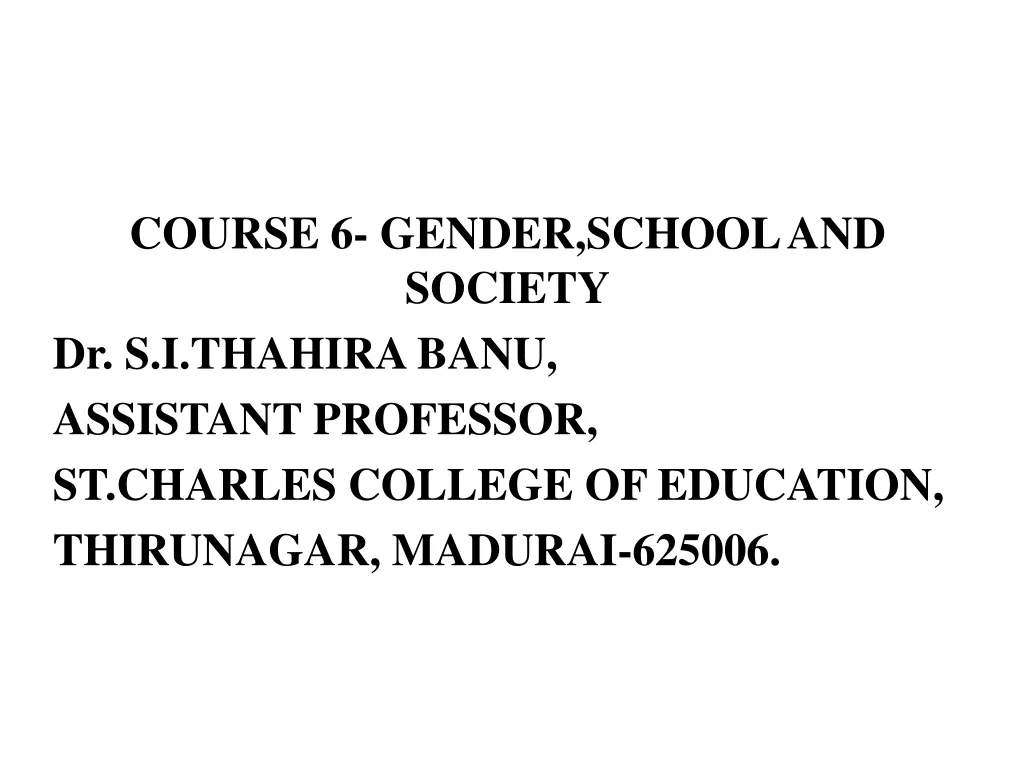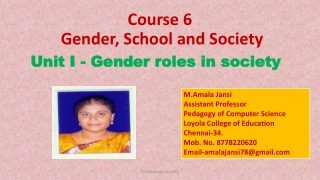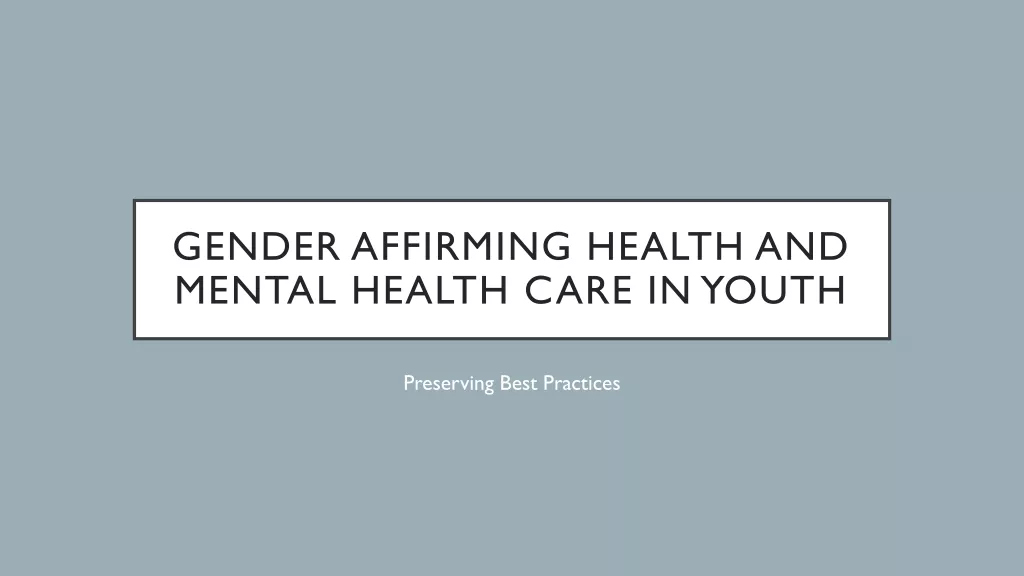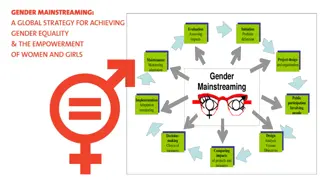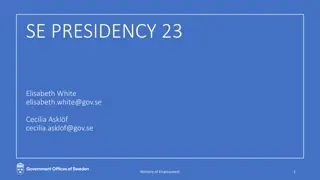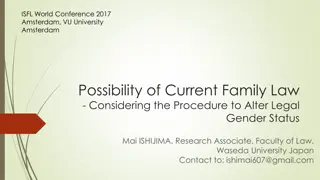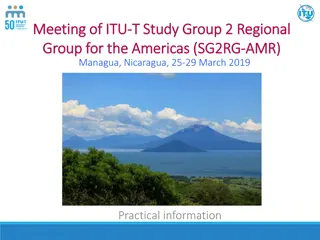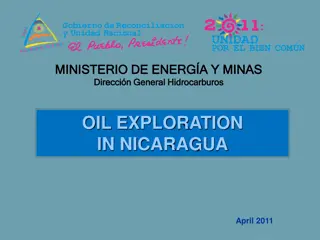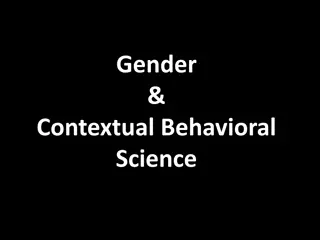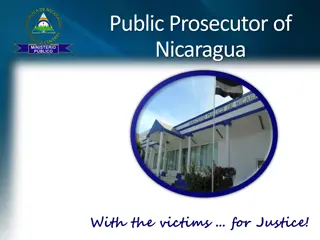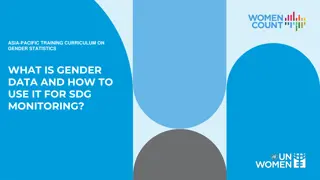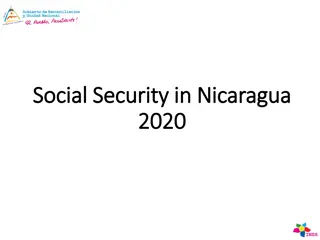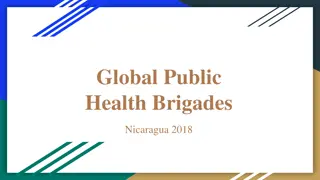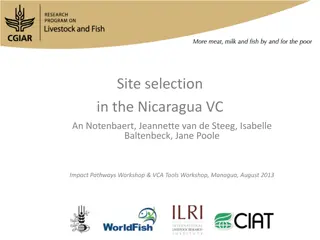Gender Capacity in Nicaragua: Current Status and Future Prospects
The report discusses an objective gender capacity assessment in Nicaragua, focusing on analyzing current gender capacities and designing tailored interventions for sustainable development. It highlights tools used, partners assessed, and the context in Nicaragua and other countries. Challenges in gender equality within the agriculture value chains are also addressed, emphasizing traditional gender roles and inequalities. Recommendations for enhancing gender capacities are suggested based on the findings.
Download Presentation

Please find below an Image/Link to download the presentation.
The content on the website is provided AS IS for your information and personal use only. It may not be sold, licensed, or shared on other websites without obtaining consent from the author. Download presentation by click this link. If you encounter any issues during the download, it is possible that the publisher has removed the file from their server.
E N D
Presentation Transcript
Gender capacity in Nicaragua: current status and way forward ILRI and TI Nicaragua, January 2016
Objective gender capacity assessment To analyze the current gender capacities against desired future gender capacities of the LAF partners in, and to subsequently design tailor-made capacity development interventions per country.
Capacity Development Assessment Process 3 Tools: 1. FGD and questionnaire for organizations 2. (Online) questionnaires for individual staff members 3. Key informant interviews for enabling environment Period: February-April 2015 Team: Joanna Wetherborn (consultant) and Alejandra Mora (local gender expert for L&F) Report finalized: May 2015
Overview of partners assessed per level (Nicaragua) Environment al Organization al Partners Nicaragua Individual National Research Partners (NRPs) NITLAPAN UNA Camapoa N N 3,2 2,3 3,2 2,4 Development Partners (DEV) ADM Camoapa GRUMIC ADDAC, Matagalpa ODEL/Alcald a, Matigu s Ayuda en Acci n Cooperaci n Canadiense IICA Heifer PMA COSUDE SNV UNAG GIZ Average N N N N N Y Y Y Y Y Y Y Y 4,0 3,1 3,5 2,7 4,0 N N N N N N N N 3,3 3,9 3,7 2,4 3,1 3,3 N N N N N N N N 3,2
Context and environment - general Nicaragua and Ethiopia have relatively well- developed and specific gender policies in place but quite weak in practice Relatively strong influence of government on livestock sector and capacities of some key partners in Ethiopia but minimal in Tanzania Donors and other NGOs have influenced the capacities of organizations in all countries, for example by requesting sex-disaggregated data and by promoting gender mainstreaming
Context and environment - Nicaragua Agriculture value chains face great challenges in Nicaragua, mainly access to and legalization of land and access to credit. Gender division of labour in the cattle sector is highly traditional. It is one of the productive sectors with most gender inequality, where women s work is undervalued. Women have less access to information, credit, technical assistance, technology and resources in general. Nicaragua has made great progress in its gender legal framework, but there is still much more needed (allocation of resources and mechanisms to implement policies and influence at a local level, etc.). International aid has been key in developing gender capacities at a local level.
Findings: Average score across all competencies by country 5 4 3 2 1 0 Overall Ethiopia Tanzania Nicaragua Uganda
Findings: comparison of partner types on the core gender capacities Gender analysis and strategic planning 2.4 Gender responsive programming, budgeting, and implementation 2.4 Knowledge management and gender responsive M&E 2.2 Dev NRP Effective partnerships and advocacy on promoting gender equality All 2.1 Gender and leadership 2.8 Innovation in gender responsive approaches 2.0 0 1 2 3 4 5
Findings: comparison of organizational and individual scores on the core gender capacities Gender analysis and strategic planning Gender responsive programming, budgeting, and implementation Knowledge management and gender responsive M&E Org Effective partnerships and advocacy on promoting gender equality Ind Gender and leadership Innovation in gender responsive approaches 0 1 2 3 4 5
Overview per country: Nicaragua 5 4 3 Average 2 Org Ind 1 0 Gender analysis and strategic planning Gender responsive programming, budgeting, and implementation Knowledge management and gender responsive M&E Effective partnerships and advocacy on promoting gender equality Gender and leadership Innovation in gender responsive approaches
Strengths and opportunities staff have supportive attitudes and organizations are committed to gender equality; most organizations are already implementing gender equality interventions; many organizations have dedicated gender staff appointed research organizations have the capacity to collect, interpret, and report on sex-disaggregated data (not to be confused with the capacity to actually use this data in gender analysis). The LAF program has a comprehensive gender strategy in place many tools and methodologiesfor gender and value chain development already exist. some partners have more experience or knowledge in gender and value chains than other partners.
Desired capacities- Nicaragua Priority capacities to maintain or develop (in order of scores asigned) 1. To develop strategies to address gender dynamics in the value chain Add info per country from the report 2. Existence, quality and scope of a gender (mainstreaming) strategy including financial and human resource allocation, and the proportion of project budget allocated to gender mainstreaming 3. To develop gender responsive programs 4. To develop and maintain effective gender coalitions/ partnerships with research partners and other actors along the VC 5. To apply gender transformative approaches (GTAs) 6. Capacity to provide gender inputs, perspectives, insights to other organizations reports and publications
Recommendations for Capacity Development (CD) Target interventions based on partners preferences. Offer four training modules to be adapted per country. Gender CD plan for each country, with clear objectives, activities, expected results, indicators, roles / responsibilities, and a budget. Focus on organizations with most commitment, interest, and motivation. Different intensity of capacity development and thematic areas per partner and per partner type. Organizations with innovative approaches asked to share their experience and knowledge with other partners.
Recommendations for Cap Development Suggestions for institutional set up: Support with creation of a gender CD committee to facilitate and coordinate CD plan and ensure exchange of information and documentation Support with identification of two gender focal points (preferably gender experts with decision making influence within their organization) to be appointed in each organization A gender trainer/coach per country Application of mixed methods to be decided on by the partners: training workshops, coaching and mentoring, experimental learning (feedback loops), systematization and / or experience exchange Period: February - June
Recommendations for Cap Development Suggestions for the trainings: Module 1: Gender analysis for value chain development Overview and practical use of analytical tools for gender and value chain analysis The use of sex-disaggregated data to conduct gender analysis Module 2: Strategy development Concepts from the LAF gender strategy Design of gender responsive approaches and innovative transformative interventions Development and review of programmatic gender mainstreaming strategies and budgets
Recommendations for Cap Development Module 3: Monitoring and documentation Design and use of gender sensitive monitoring systems Developing gender sensitive indicators Monitoring and documenting gender responsive approaches Module 4: Gender responsive organizations Understanding gender dynamics in the organization and implementing actions towards a more gender responsive organization
Discussion: groups of development and research partners General comments / feedback to the assessment outcomes (what do you agree with / not) Recommendations for capacity building: Objective: what does your organization want to achieve through gender CD? Topics (e.g. gender sensitive value chain analysis, design of gender sensitive indicators) Frequency and period Methods / format (e.g. coaching, workshops) Realistic planning: staff availability as focal point?
CGIAR Research Program on Livestock and Fish livestockfish.cgiar.org CGIAR is a global partnership that unites organizations engaged in research for a food secure future. The CGIAR Research Program on Livestock and Fish aims to increase the productivity of small-scale livestock and fish systems in sustainable ways, making meat, milk and fish more available and affordable across the developing world.

 undefined
undefined



